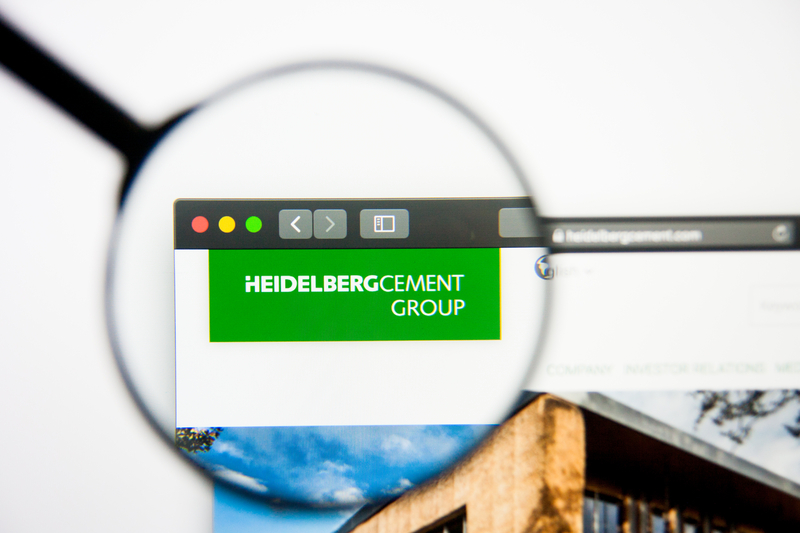
Lehigh is carrying out the pilot installation at its Redding California cement facility as part of a collaboration with materials technology company Fortera.
Both partners will construct and operate a small commercial plant where CO2 will be captured from the kiln exhaust and converted into a cementitious material.
HeidelbergCement says the final product will be suitable for use as a new low carbon SCM (Supplementary Cementitious Material) in the production of concrete with a lower CO2 footprint.
Dr. Dominik von Achten, chairman of the managing board at HeidelbergCement, says: “Carbon capture and utilisation or storage (CCU/S) is one key lever to significantly reduce otherwise unavoidable greenhouse gas emissions in the cement industry. This is why building new partnerships towards CCU/S and investing in breakthrough technologies are a core part of HeidelbergCement’s climate strategy.”
The product generated within the carbon capture process will be produced commercially from CO2 captured directly from a cement kiln.
According to HeidelbergCement, Fortera’s proprietary recarbonation (ReCarbTM) process works by tapping into the existing feedstock and equipment at the plant, while production carries on as usual from the quarry to the kiln.
Instead of then releasing CO2, HeidelbergCement points out the kiln exhaust is captured and mineralised into a cementitious material.
The material can be co-blended with portland cement and used by ready mixed concrete producers as a SCM or as a cementitious binder for preformed concrete materials like bricks, blocks or precast structures.














